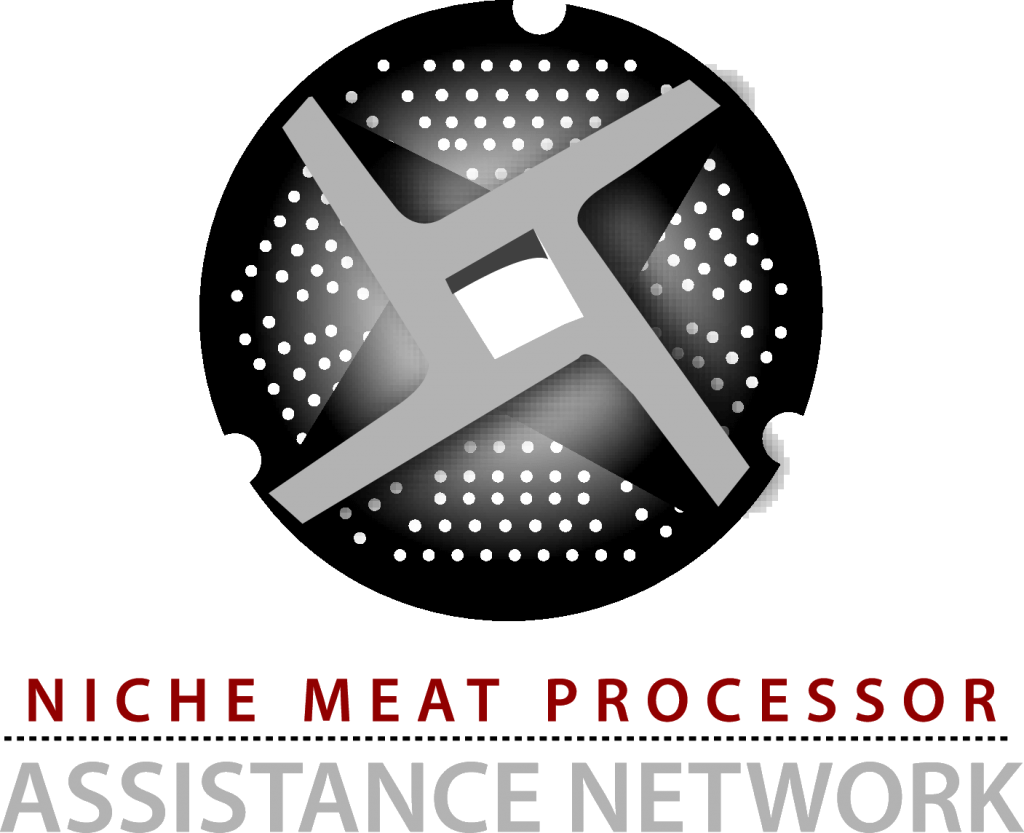One-on-One Marketing Assistance
In partnership with the Good Meat Project, we are providing done-for-you marketing packages for farmers, butchers, and retailers to elevate their game. Each participant of Hands-Free Marketing will get a chance to “hire” a marketing professional, courtesy of GMP! Our professionals will help participants with either branding and design or strategic writing for their business. If you are a butcher shop or retail store owner, farmer or rancher— we want to help you! Offered on a first-come, first-serve basis until the end of May 2025.
Wholesale Meat Guide
If you are a meat producer or processor and thinking about making a foray into wholesaling meat, this new 2024 guide is for you! Covers market channel analysis, sales prospecting and discovery, cost, price, and specifications, packaging requirements, promotions, orders, fulfillment, and what to do if things go wrong. Includes a couple case studies of successful wholesale brands.
Local Meat Buying Guide
This easy to use, consumer-oriented guide explains buying pork and beef as whole animals (or portions thereof). The guide explains marketing terms, storage and handling recommendations, types of meat inspection, meat weights (live vs. carcass vs. retail cuts), and common retail pork and beef cuts with color photos.
“The Butcher Stole My Meat!”
A one-page handout for customers who struggle to understand how a 1,200 lb. steer walked in and only about 475 lbs. of beef came out. Give this handout to your new processing clients, or to your farmer and rancher clients to share with their customers who order halves and quarters.
Marketing Beef for Small-Scale Producers
USDA Grass Fed Program for Small and Very Small Producers
Beef Marketing Alternatives
Read online or download the pdf.
This publication, from the National Sustainable Agriculture Information Service explores marketing alternatives for small-scale cattle ranchers who want to add value to the beef they produce. Part One: how to add value within conventional marketing, including retained ownership and cooperative marketing. Part Two: alternative marketing strategies, including niche markets for “natural,” lean, and organic beef, with additional production info about pasture-finished beef. Includes guidance on connecting with direct market consumers and developing a product; processing and legal issues; how to develop retail prices based on wholesale prices and desired mark-up; and how to determine carcass value.
Pork Marketing Alternatives
Read online or download the pdf.
This publication, from the National Sustainable Agriculture Information Service is for sustainable hog producers, who are creating products that many consumers want to buy but can’t find in their grocery stores . Consumers perceive sustainably raised pork to be healthier to eat, and they are willing to pay hog producers more for raising pigs in a manner that is humane, helps sustain family farms, and is environmentally friendly. This guide discusses aspects of direct marketing and niche markets, including legal considerations, labels, trademarks, processing regulations, and obstacles.
Direct Marketing Meat and Poultry: A Resource Guide
This publication, written by the New York Small Farms Work Team on Livestock Processing Issues, is aimed primarily for those in New York state. However, its 155 pages cover a wide range of valuable info that is relevant anywhere in the U.S. Download it as one document or by section, from the link above.
How to Direct Market Your Beef
This guidebook, by Arizona rancher Jan Holder, describes how she and her husband built a profitable, grass-based beef operation focused on direct marketing. It is organized to provide valuable instruction and tips on topics from slaughter to sales. The guide was published by the Sustainable Agriculture Network of SARE.
Webinars
Meat Labels and Label Claims
Date: July 8, 2009
Duration: 90 minutes
Meat labels can be confusing, for producers, processors, and consumers. On this NMPAN webinar (2009) officials from both the USDA/FSIS Labeling and Program Delivery Division, and Iowa Meat and Poultry Inspection, and the operations manager of Organic Valley’s meat division, Organic Prairie, explain the label approval process, voluntary label claims, updated requirements, and how FSIS interprets claims defined by USDA’s Agricultural Marketing Service.
Product Costing for Meat Processors and Marketers
Date: October 21, 2010
Duration: 1 hour
A processor and a marketer, both specializing in niche meats, explain the ins and outs of how to cost out products efficiently and effectively, including insights on inventory management.


